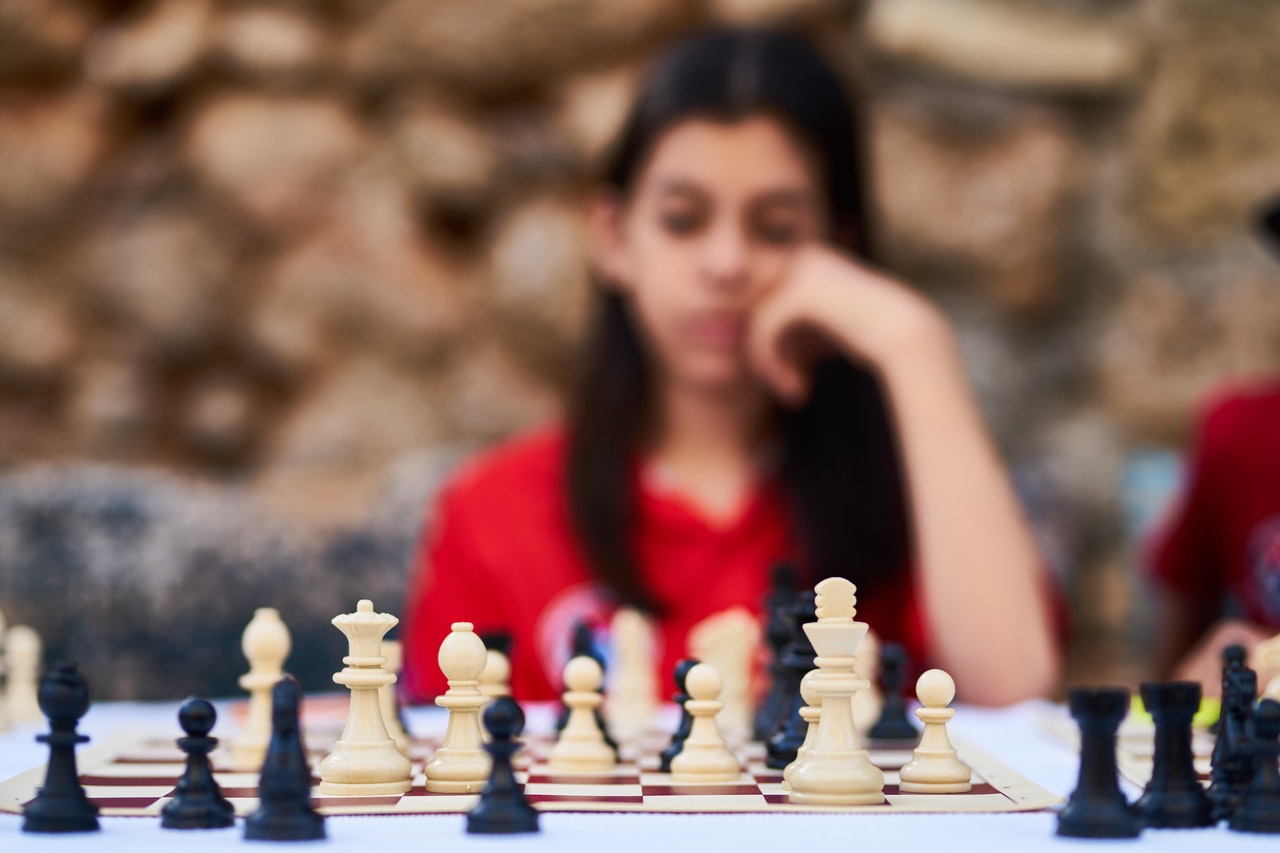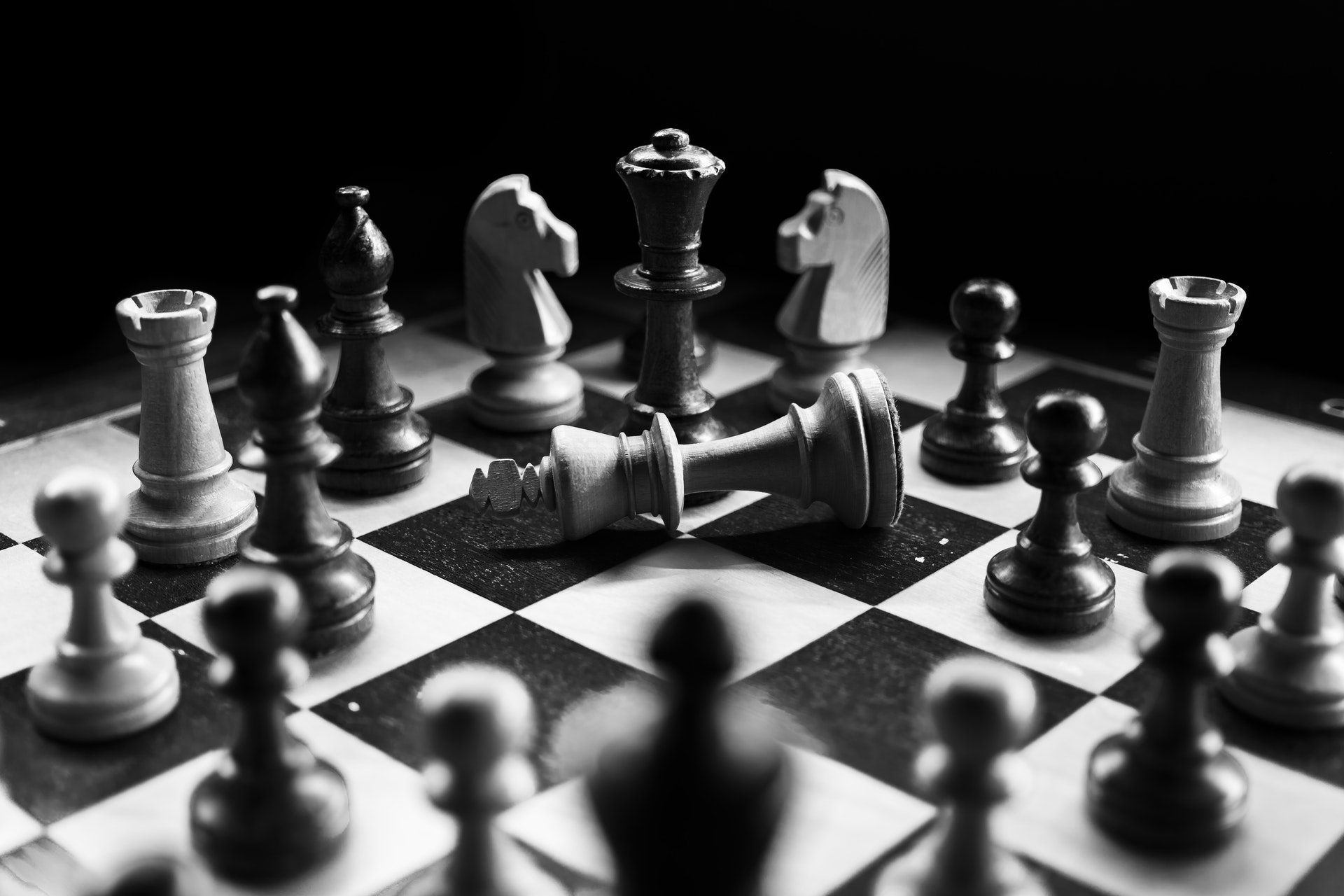
10 Most Common Chess Player Mistakes
They claim that making mistakes is a necessary part of the learning process. We must make mistakes in order to improve. In chess, however, it is reasonable to assume that everyone strives to prevent or make as few blunders as possible. It’s disheartening to watch a decent game devolve into a nightmare in a single play. Even while it takes a lot of effort to decrease (if not totally eliminate) such instances, they can happen to anybody, from club players to powerful Grandmasters. Even if you study chess openings for more than a decade It only takes a moment of carelessness or a terrible day at the office to ruin your chances.
In this article, we’ll compile a list of what we feel are the most typical mistakes made by amateurs in the hopes of assisting you in improving your overall outcomes. Let’s get started.
1.Failure to recognize the threat posed by the opponent
It may seem obvious, but always be on the lookout for the opponent’s danger! Even if his last move appears to be safe or “logical,” double-check to make sure it isn’t poisonous. We’ve been told this since we first started learning chess, and we feel it’s still one of the most crucial habits a chess player can adopt. This is how mistakes emerge, and by following this basic tip, you may save yourself a lot of grief. Not just club players, but especially strong players, “forget” to do this at times.
2. An excessive amount of admiration for the opponent
The evaluation of the situation and, as a result, the moves made are not always founded on objective reasoning. When faced with a Grandmaster, especially a well-known one, many club players tend to put too much faith in their opponent. “He couldn’t have missed this,” “I can’t be much better here,” and “he must have noticed something, this line surely doesn’t work” all come to mind, and the best continuation is lost in this way. Anyone might have a poor day or just ignore something, so keep your cool and follow your instincts in every game. Treat every game the same, regardless of whether the individual across from you is stronger or weaker.

3.Pawn motions that aren’t essential
Because pawns are the only pieces that cannot be returned, we should always consider our options before moving them. They leave flaws behind, which are frequently exploited by better players. Improve your pieces first, ensuring that they are situated on suitable squares, and then, if required, support them with pawns.
4.Attacks that come too soon
The majority of individuals like attacking, and we see it frequently in our kids’ games. There’s nothing wrong with it, but you must ensure that your offensive is launched at the appropriate time; otherwise, an over-expansion might significantly undermine your position. Always keep an eye on your pieces and ready for an attack. As we always repeat, the most essential thing is to make sure your pieces cooperate and have excellent squares before attacking with the pawns.
5.Unsatisfactory exchanges
Many novices believe that exchanging all of their pieces, especially against stronger opponents, will ensure a draw. False! It’s critical to appraise the situation and make the best possible trade every time; consider which pieces you must maintain and which are better off the board. Do the same with your opponent’s pieces; try to swap his good and active pieces for his poor ones.
6.Selecting a passive rather than proactive stance
It’s always a bad idea to attempt to suffer passively; we’ve seen amateurs try to put up a blockade and accept a poorer position to defend, assuming that their opponent won’t be able to break through. Even if this is apparently true with proper play (which it rarely is), it is extremely difficult for humans to play under pressure for an extended period of time. A computer might be able to make all of the correct moves and maintain the position, but this is very impossible in an over-the-board game. Always look for energetic motions and strive to maintain a balanced position!

7.Selecting materials too quickly
You may have noticed that Grandmasters frequently overlook the chance of gaining a material edge while they are in a far superior position. They frequently do it if they believe it will offer the opponent “life” in return. As a result, they prefer to apply more pressure and keep the opponent in a vulnerable position. Many club players make the opposite error; a pawn or an exchange, for example, is no longer crucial if the opponent has seized the initiative and the position has become ambiguous.
8.Early dissipation of central tension
When the center is tense, the best tactic is to maneuver until you reach a favorable pawn structure at the opportune time. Most amateurs let go of stress too quickly, before strengthening their pieces, making it easy for their opponent or just putting themselves in a worse position.
9.Inaccuracy in analyzing a situation, resulting in the selection of a poor strategy
Always consider the safety of the kings, the presence of tandems on the board (bishop pair, knight and queen, etc. ), and the pawn structure while analyzing a situation and adopt a strategy appropriately. If your opponent possesses the bishop pair, for example, you should preserve the situation as confined as possible rather than launching an offensive that would open the position and offer your opponent a significant advantage.
10.Ignoring the significance of development
Club players frequently pay insufficient attention to the development of the pieces and the implications for the position. Most difficulties are generally solved via development. Another thing you should be searching for during your game is ways to improve the location of your pieces.


